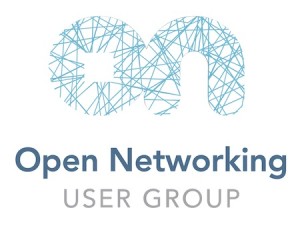The many ‘modes’ of multimode
Fiber types are differentiated as multimode or single mode. Single mode was always easy for me to understand but I could never quite understand what ‘multimode’ actually meant. I’m written some notes for myself on this topic that I thought I’d … Continue reading
The post The many ‘modes’ of multimode appeared first on The Network Sherpa.
Intel Backs Skyport’s Security Dream Team in $30M Round
 Big names, big money, but few details on an actual product.
Big names, big money, but few details on an actual product.
Another Quad CCIE in downunder
Is it possible to study a PhD, CCIE Data Center with a full time job? Absolutely YES, I have been there and done that. I also went on 5 work related overseas trips and 2-3 weeks on holiday, driven around the country town in Australia. If someone tells you that they saw a ghost and […]Curious About ONUG? Wonder What It Is?

In case you’re interested in ONUG or wondering what the heck ONUG stands for, I write a short post called What Is An “ONUG” over at GestaltIT. I’m not going to duplicate it here, so please do the clicky over to GestaltIT and have a read. Bonus: there’s a registration discount code over there as well! Hope you enjoy it; ONUG looks like it’ll be very interesting.
Disclosure
My post at GestaltIT is a sponsored post as part of the ONUG Spring 2015 Tech Talk Series, part of the larger Tech Talks series.
If you liked this post, please do click through to the source at Curious About ONUG? Wonder What It Is? and give me a share/like. Thank you!